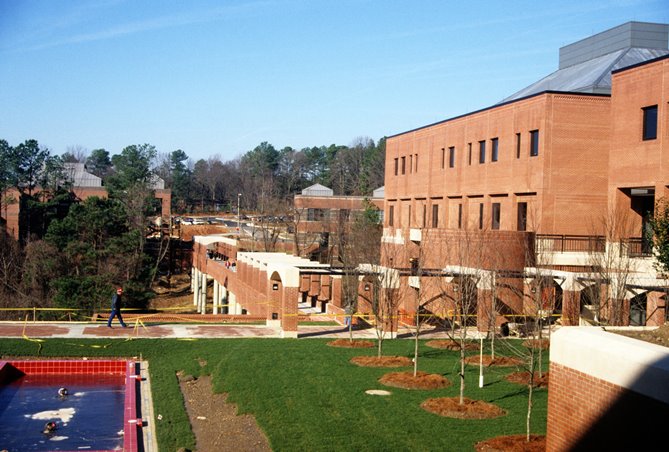There are an estimated 10,000 contaminated sites in Canada (estimated by Environment Canada and Climate Change) and over 450,000 in the United States (estimated by the U.S. EPA). The cost to clean-up all of these sites would run into the billions of dollars and perhaps reaching a trillion.
A striking example of these costs is seen in over 1,000 hazardous waste sites that are listed on the U.S. EPA’s National Priorities List – a registry of the nation’s most severely contaminated sites. Recent estimates of cleanup activities by the U.S. EPA at 36 of these sites alone will cost more than $4 billion.
A study on the benefits of cleaning up brownfield sites versus the cost was recently published by a trio of professors at North Carolina State University. The North Carolina State study attempts to determine if the benefits of cleaning up contaminated sites outweigh the costs.
The study was different from previous attempts to determine the post clean-up value of properties surrounding a contaminated site in that its addresses an important source of omitted variable bias and allows identification of stigma effects in a way not seen in past studies. The study estimated difference-in-differences models that pool observations across a metro area and across time, as well as repeat sales models that rely on multiple transactions per home.
This new research seeks to identify the impact of environmental contamination on residential housing prices separate from land use externalities associated with the contaminated sites. This is possible in an empirical model that considers the influence of uncontaminated commercial properties on home values concurrently with contaminated property influences.
Our approach addresses an important source of omitted variable bias that has not been fully recognized in the literature, and it allows identification of stigma effects in a way not possible in past studies. We estimate difference-in-differences models that pool observations across a metro area and across time, as well as repeat sales models that rely on multiple transactions per home.
Results indicate that environmental contamination more than doubles the negative influence commercial properties have on neighboring residential home values. Furthermore, we find little evidence of stigma effects once a contaminated site is remediated. The negative spillover effects associated with remediated contaminated sites are largely indistinguishable from the spillover effects from commercial properties with no known contamination.
Photo of North Carolina State University via http://d.lib.ncsu.edu

